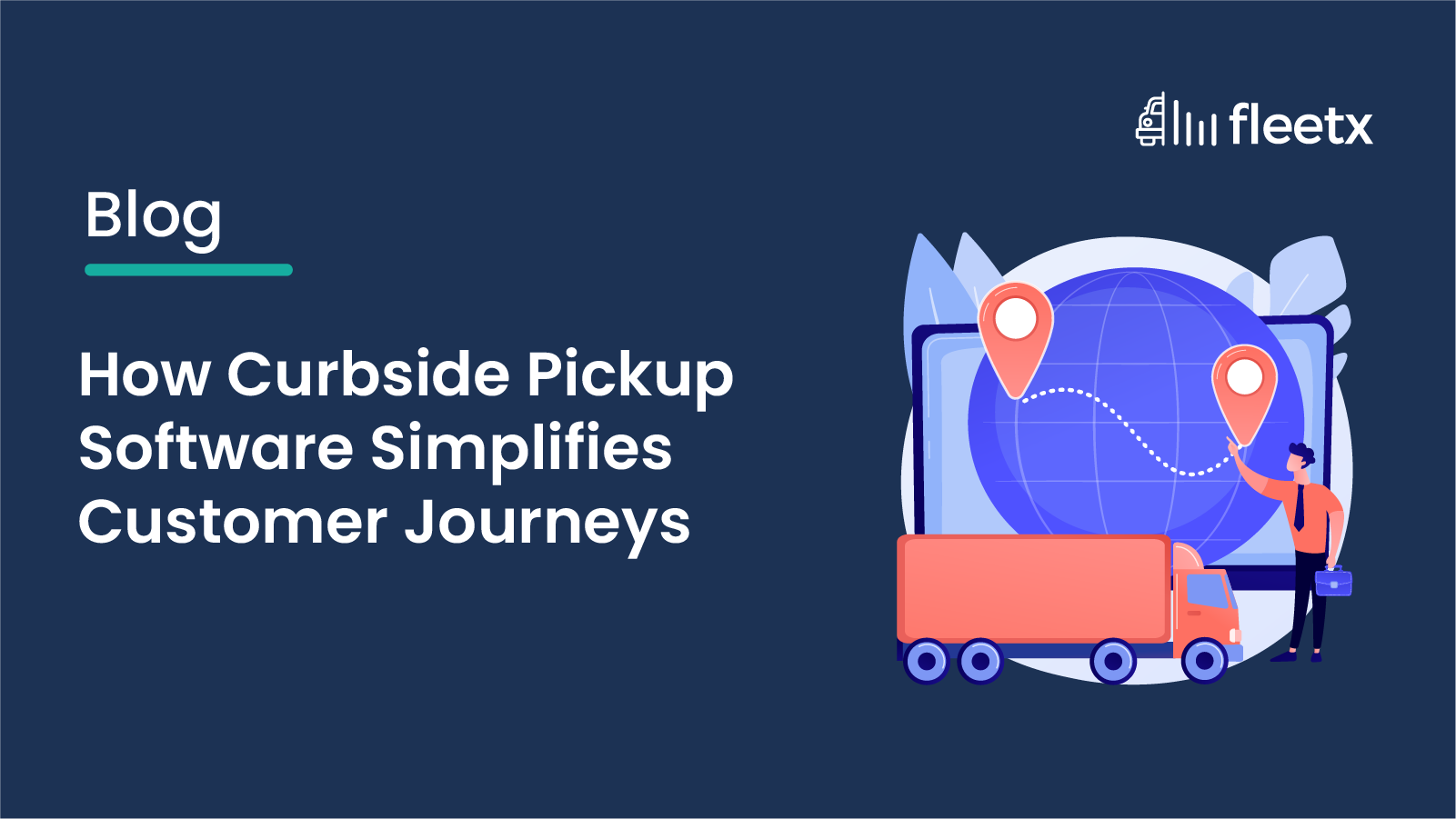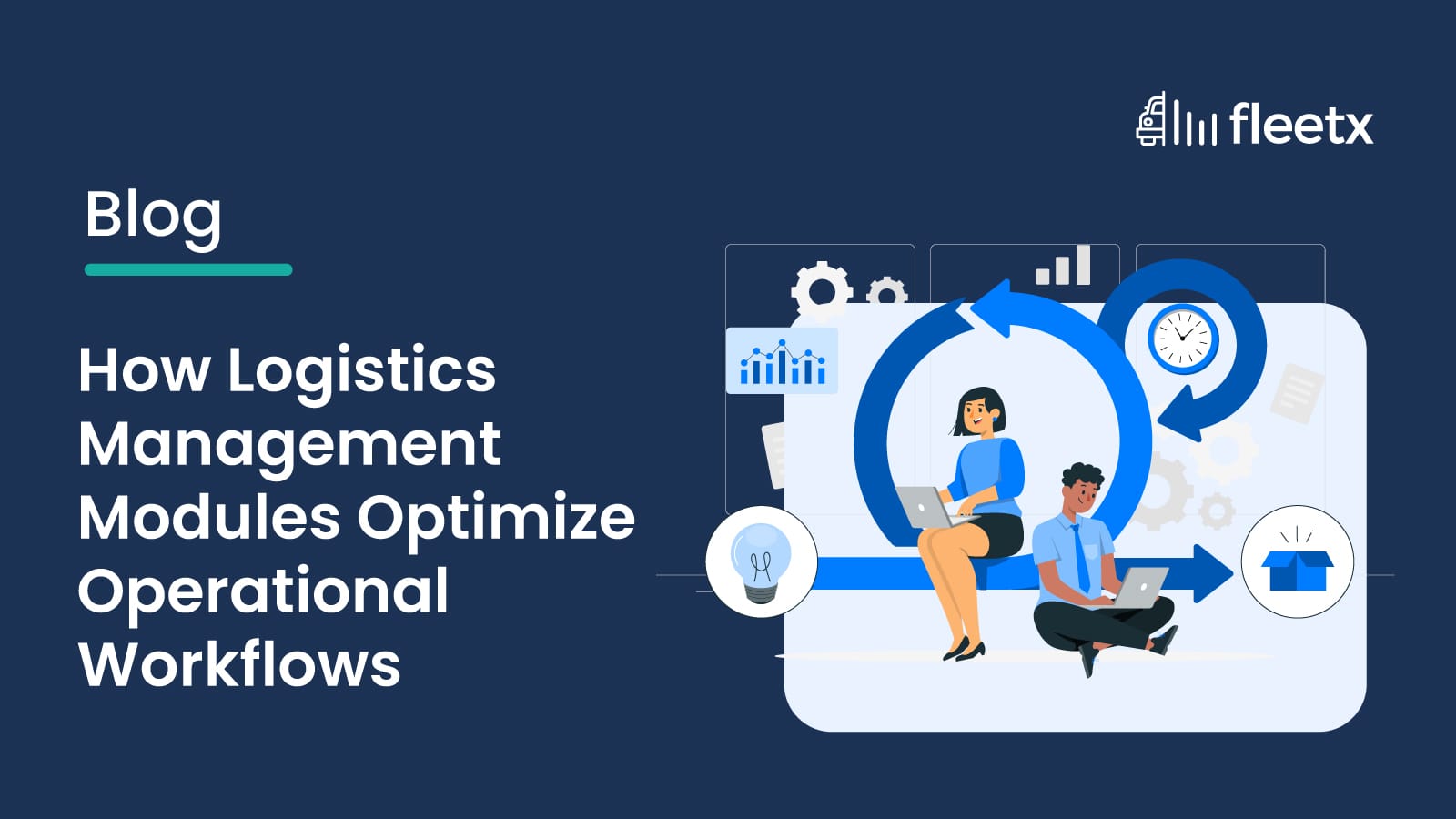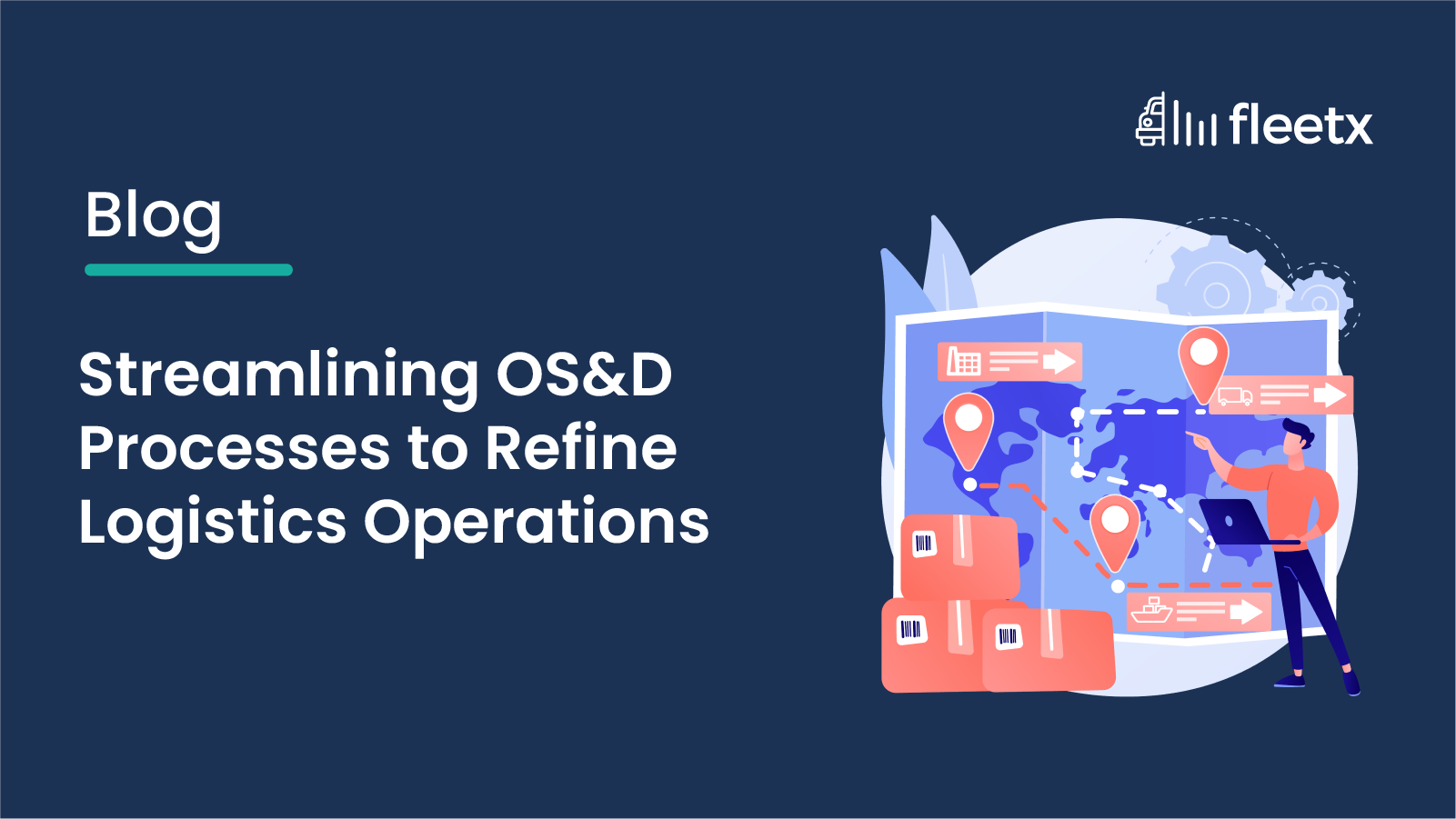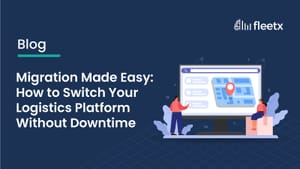
Shopping, at times, can become a stress-giver instead of a stressbuster, and why not! There are far too many options to select from, and in-store experiences often snowball into a prolonged hassle for many.
That’s where online order and curbside pickup come into play! At an estimated CAGR of 13.5% between 2024 and 2032, the global curbside management market will only scale up. It’s an extension of the online shopping mechanism and is popular due to the rapid urban infrastructure expansion, leading to a convenient app/website-based purchase process that operates in the following way:
Step 1: Online Purchase - Customer places the purchase order to pick up from the designated spot, on the app or website.
Step 2: Order Alert - Customer is informed of the order preparation status by the store admin.
Step 3: Arrival Notification - Customer arrives at the designated parking area or the curb side.
Step 4: Physical Handover - The staff delivers the order to the customer, positioning it in the client’s desired space within the vehicle.
Other Pickup Mechanisms v/s Curbside Pickup.
The primary method involves customers picking up their orders in their vehicles. A few alternative models exist as well –
Click-and-Collect
It follows the same mechanism of online ordering. However, customers have to retrieve their orders from inside the store or a designated locker.
Carside Pickup
It is associated only with restaurant pickups, wherein the online customer food orders are delivered directly to the car using designated drive-through lanes.
Buy Online, Pickup In Store (BOPIS)
Customers have to enter the store and collect their purchases, unlike curbside pickup. This model requires interaction with the store staff.
Locker Pickup
Customers have to pick up their online orders from a secure locker without having to enter the store premises. However, customers have to exit their vehicles to access the locker and retrieve their items.
Challenges of the Curbside Pickup Model
Retailers need to be aware of the following challenges associated with pickup curbside:
Inventory Issues
Customers wouldn’t prefer driving to the store only to find out their items aren’t in stock. However, retailers need to ensure real-time visibility into their inventory to prevent stockouts on in-store, delivery, and curbside orders. That’s why retailers need a system that easily integrates with their POS to sync the online and offline sales data.
Limited Reach
Making curbside pickup available at all locations is one of the primary challenges. The number of such points might vary from one area to another, resulting in fragmented customer experiences in different locations.
Balancing Customer Expectations
Curbside pickups can fail fast if not adequately managed by retailers. Upon arrival at the designated pickup spot, a customer expects a smooth experience. Long wait times can lead to losing customers to competitors.
Inadequate Staff Training
The staff at the pickup points have to be trained adequately to handle the express delivery process seamlessly. Retailers opting for an omnichannel sales strategy cannot always dedicate employees only for curbside deliveries.
How Does Technology Facilitate the Process
A blend of modern innovations, such as geofencing, and more make the entire curbside pickup mechanism easier. The application features include:
Real-Time Order Synchronization
The customer’s movements can be coordinated with their order preparation from the moment they enter the geofenced pickup area, ensuring its readiness for immediate pickup. Real-time synchronization generates automated alerts that reduce customer wait times by minimizing order processing errors and delivers a superior customer experience.
Personalized Notifications and Offers
Location-specific offers and notifications can be targeted toward specific customers as they enter the store’s vicinity or arrive within the geofenced area. This becomes a distinctive feature when it comes to reaching the right audience at the right time and place.
Demand Forecasting With Predictive Analytics
Based on customers’ purchasing history and current location, businesses can estimate the customer’s needs at the right time. This improves on-time delivery metrics and offers them accurate options, thus ensuring complete customer satisfaction.
Implementing Channels of Communication
Geofencing enables users to be accurately informed of the estimated waiting times upon placing orders or reaching the pickup location. This awareness elevates the customer experience significantly.
Practical Business Applications
Businesses can ensure seamless and comfortable customer journeys by blending geofencing with curbside pickup. A few applied implementations are:
Retail Establishments
Curbside pickup has been a beneficial model for retailers, especially during COVID-19, and it continues today by notifying customers when they are in the store’s surroundings by using technologies such as geofencing, thereby saving their time.
Restaurants & Drive-Throughs
Customers can place an order before their physical arrival. Geofencing and order synchronization mechanisms coordinate between the order placement and the customer’s estimated arrival time to prepare the food, to be served hot and fresh to the diners.
Healthcare Providers & Chemists
Medical service providers can utilize technology to alert clients when they are in the vicinity - to notify them about the availability of their curbside pickup option. Patients are immensely benefited by such contactless and efficient healthcare services.
Grocery Stores
Customers are conveniently notified to pick up their pre-ordered groceries once they are in the geofenced area. Such timely reminders enable customers to retrieve their orders as soon as they are ready to go.
A Real-World Implementation: Retail Curbside Pickup Software Checklist
What would a retailer need to enable a software that facilitates curbside pickup? The list includes –
- Real-time and online data visibility of the store/s inventory
- An adequate labor force to coordinate the order pickup process
- Efficient staff training for seamless order management workflows
- Store-wise capacity allotment to balance demand and supply
- Proper storage facilities for curbside delivery model
- A notification system for timely customer alerts
- Hardware to facilitate the entire process (e.g. – handheld devices such as POS, iPad, etc.)
- Sufficient pickup space allocation
- Promotional support to create awareness among customers
How Is It Beneficial for Businesses?
A successful program rollout benefits businesses and customers equally:
Customer-Centric
An efficient pickup mechanism ensures a smooth shopping experience:
- Shopping convenience wherein shoppers can place the orders from their homes and pick up the purchases at their own suitable time
- Customers save time with no waiting time or long queues
- The pickup flexibility between curbside and in-store benefits customers significantly
Business-Centric
Businesses stand to gain double-sided profit from an in-store and/or curbside program:
- Flexible pickup options boost sales by attracting more customers
- Customer satisfaction rates go up with the shopping convenience
- Rates of return are lower for retailers, as customers can experience the product before the final purchase
- Improvement in the business’ omnichannel strategy is another advantage
Expand Your Business Horizon With Modern Innovation
So, here’s it – a business expansion blueprint by optimizing geofencing and curbside pickup tech.
From real-time order sync to targeted alerts to demand forecasting, businesses can offer their customers what they desire: lower wait times, personalized offers, and an accurate curbside pickup timeline.
Partner with an experienced technology support provider to do the needful on your behalf – solving the issue of implementation hassle.






